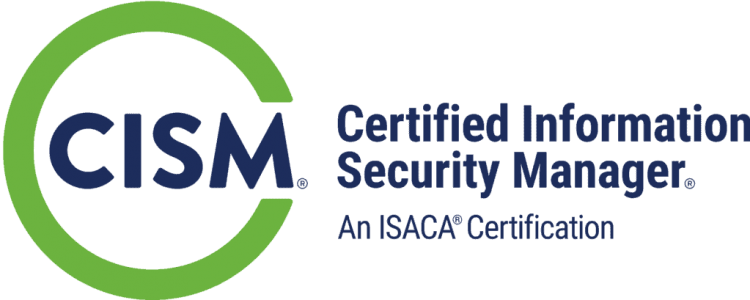Course Overview:
CT-395: CompTIA CySA+ Cybersecurity Analyst is for IT professionals looking to gain IT security analyst skills, and for those following the recommended skills pathway to achieve cybersecurity mastery. It provides a bridge between CompTIA Security+ (CT-325) and CompTIA Advanced Security Practitioner (CASP,CT-425), thus completing a certification path within the CompTIA family of certifications. As attackers have learned to evade traditional signature-based solutions, an analytics-based approach has become extremely important. CySA+ applies behavioral analytics to the IT security market to improve the overall state of security. The CompTIA Cybersecurity Analyst (CySA+) certification verifies that successful candidates have the knowledge and skills required to configure and use threat detection tools, perform data analysis and interpret the results to identify vulnerabilities, threats and risks to an organization, with the end goal of securing and protecting applications and systems within an organization. Let us help you bridge this gap, and leave you prepared for the certification exam (CS0-002).
TechNow is a CompTIA partner uses official CompTIA CySA+ curriculum.
Dates/Locations:
| Date/Time | Event |
|---|---|
|
12/01/2025 - 12/05/2025 08:00 -16:00 |
CT-395: CySA+ Cybersecurity Analyst TechNow, Inc, San Antonio TX |
Duration: 5 Days
Course Objectives:
- Threat Management
- Vulnerability Management
- Cyber Incident Response
- Security Architecture and Tool Sets
Prerequisites:
While there is no required prerequisite, the CompTIA CySA+ certification is intended to follow CT-325: Security+ or equivalent experience. It is recommended for CompTIA CySA+ candidates to have the following:
- 3-4 years of hands-on information security or related experience
- Network+, Security+, or equivalent knowledge.
Comments
Latest comments from students
